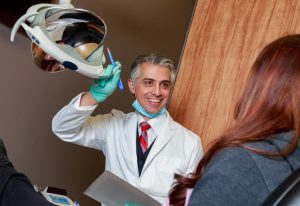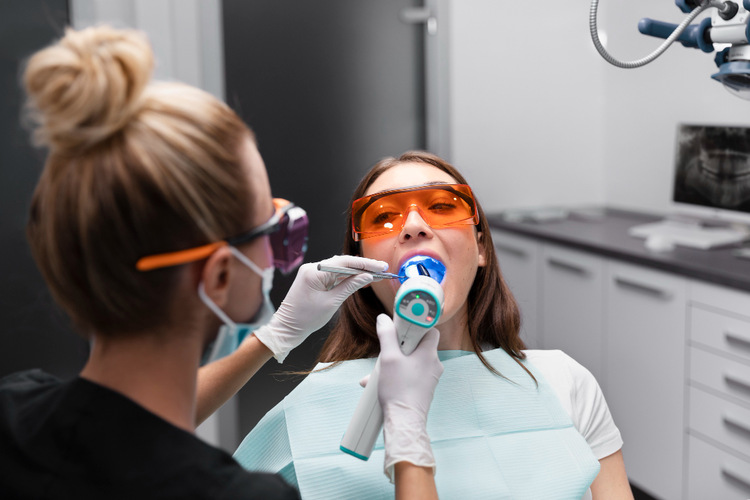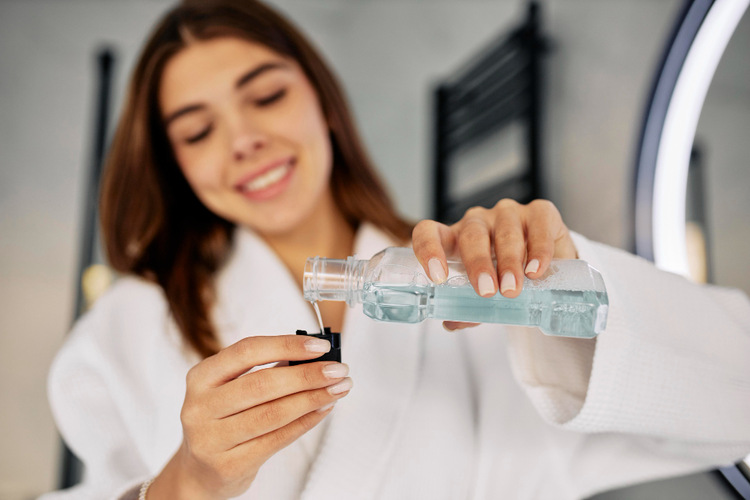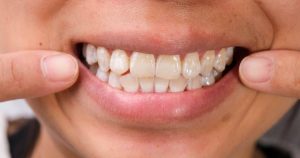Did you know that the secret to shiny teeth and a dazzling smile lies not just in your toothbrush but in the science of your enamel and daily choices? A radiant, white smile is achievable through a combination of smart habits and targeted treatments. Adopt daily routines like brushing twice with fluoride toothpaste, flossing, and avoiding stain-causing foods. Incorporate a diet rich in enamel-strengthening foods, and consider safe at-home or professional teeth whitening treatments.
While genetics play a role in enamel strength, consistent care can significantly enhance your smile’s radiance. Read on to explore practical habits, dietary tips, treatment options, and factors affecting tooth brightness.
Teeth Whitening Treatment Options
Teeth whitening treatments offer effective solutions for achieving shiny teeth and a brighter, glossier smile. These treatments fall into two main categories: professional dental procedures performed in a dental office, such as bleaching, laser treatments, or veneers, which typically offer quick and noticeable results; and at-home methods, which involve using whitening toothpaste, strips, gels, or natural remedies like baking soda. Let’s discuss these two categories in the following.

Professional Dental Treatments
Professional treatments such as bleaching, laser whitening, veneers, and scaling are excellent options for those seeking fast, safe, and reliable results. Consult a dentist to find the most suitable teeth whitening method for your needs. Let’s now explore these professional treatments:
In-Office Bleaching
A strong whitening gel is applied to the teeth by a dentist, sometimes activated with a special light. This method offers fast and noticeable results in a single session and is safe under a dentist’s supervision. However, it comes with a relatively high cost and may cause temporary tooth sensitivity.
Take-Home Trays
A custom dental tray is made, and a mild whitening gel is placed in the tray for use at home. This approach is safe, allows better control over gel concentration, and is suitable for long-term use. However, it produces slower results (1–2 weeks) compared to in-office bleaching and requires regular follow-up.
Ceramic or Composite Veneers
A thin layer of ceramic or resin is placed on the tooth surface and secured with a special adhesive. This provides a permanent and natural appearance, covers stains, and is resistant to discoloration. However, it involves a high cost, requires enamel trimming, and is irreversible. Explore cosmetic dentistry solutions for personalized options.
Scaling & Polishing
The dentist removes surface plaque and deposits using specialized tools and polishes the teeth. This treatment delivers immediate shine and prepares teeth for whitening treatments. However, its effect is temporary and needs to be repeated every few months. For more on professional teeth cleaning, visit our services.
Laser Teeth Whitening
Teeth are cleaned, a whitening gel is applied, and a laser light is used to activate the gel for faster whitening. This method is fast, delivers noticeable results in a single session, lasts longer than at-home methods, and requires no prolonged clinic visits. However, laser teeth whitening is costly, may cause temporary tooth and gum sensitivity, and requires professional equipment and expertise.

Choosing the right whitening treatment depends on understanding both effectiveness and cost. Exploring teeth whitening costs helps you make an informed decision that balances your budget with your goal of shiny teeth and a radiant smile.
At-Home Whitening Options
Many people turn to at-home whitening methods hoping for shiny teeth and a brighter smile, but these approaches often fall short compared to professional treatments. While some may reduce surface stains, they lack the efficacy, safety, or scientific backing of dentist-supervised options. Overuse or improper application can even harm your teeth, causing enamel erosion or increased sensitivity. Below, we outline common at-home methods and their limitations:
- Whitening Mouthwash: May slightly reduce surface stains and freshen breath, but its whitening effect is minimal and not comparable to professional methods.
- Baking Soda: A mildly abrasive substance that can remove surface stains from coffee or tea. However, frequent or aggressive use can erode enamel, increasing sensitivity and cavity risk, and it doesn’t whiten dentin.
- Activated Charcoal: Often promoted online, it may temporarily brighten teeth by absorbing surface pigments. However, the American Dental Association notes its whitening effect is very limited, and its high abrasiveness can damage enamel with repeated use.
- Petroleum Jelly: Sometimes suggested for a glossy look, it doesn’t whiten teeth or remove stains. It can interfere with fluoride in toothpaste and trap bacteria, potentially worsening oral health.
Daily Habits for Shiny Teeth
Consistent daily habits are key to maintaining a bright, white smile and shiny teeth. Proper brushing, flossing, and mindful practices can prevent dullness and enhance your teeth’s shine. The table below outlines essential dos and don’ts for keeping your teeth radiant:
| Do | Don’t |
| Brush twice daily with fluoride toothpaste | Brush excessively or with too much pressure |
| Use dental floss daily to clean between teeth | Neglect interdental spaces during cleaning |
| Use mouthwash once a day for extra freshness | Use whitening toothpaste continuously |
| Drink plenty of water and rinse after stain-causing foods | Frequently consume soda, coffee, or strong tea |
| Visit the dentist every 6 months for checkups | Postpone dental checkups or preventive treatments |
| Eat fresh fruits and vegetables for oral health | Consume excessive acidic foods or sticky sweets |
Read more: Oral Health Care Tips
Achieve a Radiant Smile with Professional Teeth Whitening
Don’t let dull teeth dim your confidence. At Pape Dental Centre, our expert team offers safe, effective whitening treatments for shiny teeth. Book your appointment today for a brighter smile!

Important Note: Brushing immediately after consuming acidic foods or drinks, like citrus fruits, soda, or lemon water, can harm your teeth. Acid temporarily softens enamel, and brushing right away may cause scratches, sensitivity, or long-term damage. Wait at least 30 minutes, rinse your mouth with water to neutralize acid, then brush.
Read more: Best Daily Oral Care Practices
Foods and Diet Tips for Glossy Teeth
At first glance, foods and drinks might not seem to play a significant role in whitening teeth, but this assumption is entirely incorrect! The table below explains why certain foods and drinks are beneficial for your teeth while others can be harmful:
| What to Eat | Why | What to Avoid | Why |
| Dairy (e.g., milk, cheese, yogurt) | Rich in calcium and phosphorus, they strengthen tooth enamel. | Coffee and strong tea | Cause stains on teeth. |
| Apples, carrots, celery | Chewing these naturally cleans teeth and reduces stains. | Soda and acidic fruit juices | Erode tooth enamel. |
| Citrus fruits and green vegetables | Vitamin C keeps gums healthy and enhances tooth radiance. | Sweets and sticky foods | Increase bacteria and plaque, leading to tooth dullness. |
Read more: Preventing Enamel Erosion
Below, we’ve provided a suggested diet plan that you can modify by incorporating various healthy meals and follow throughout the week:
Breakfast:
- Milk or yogurt with fresh fruits like berries, apples, or bananas
- Whole-grain bread with low-fat cheese
- A glass of water to rinse your mouth after eating
Morning Snack:
- Raw carrots or celery
- A handful of nuts (e.g., almonds, hazelnuts)
Lunch:
- Baked fish or chicken
- Fresh or steamed vegetables
- A portion of rice or whole grains
Afternoon Snack:
- Fresh fruits like oranges or apples
- A glass of water
Dinner:
- Vegetable soup or salad with low-fat cheese
- A light protein serving, such as eggs or fish
- Adequate water intake throughout the evening
Discover natural ways to strengthen teeth through diet.
Understanding Tooth Discoloration (What Makes Teeth Shiny and Glossy)
Tooth discoloration can dim your smile, but understanding its causes helps you prevent it and maintain brightness. The structure of your enamel and daily habits play significant roles in how radiant your teeth appear.
Role of Enamel
Enamel, the hardest tissue in the human body, gives teeth their shine by reflecting light, as explained by the National Institute of Dental and Craniofacial Research(NIDCR). Its thickness and health, influenced by genetics, determine how bright your teeth look. However, enamel cannot naturally repair itself, so damage from wear or acid exposure can lead to permanent dullness or sensitivity.
You might be wondering, “Does whitening damage tooth enamel?” In short:
Some improper whitening methods can weaken or wear down enamel, leading to increased tooth sensitivity and vulnerability. Therefore, whitening should always be done under the supervision of an experienced dentist at a reputable clinic.

Common Causes of Dullness
Several factors contribute to dull or discolored teeth. Consuming acidic or staining foods and drinks, like coffee, red wine, or soda, can erode enamel or deposit pigments. Tooth wear from habits like bruxism (teeth grinding), acid reflux, or poor oral hygiene also dims your smile by weakening enamel or allowing plaque buildup.
Start to Perfect Your Shiny Teeth
Ultimately, achieving shiny, healthy teeth depends on several factors, not just one. From having strong tooth enamel due to good genetics to maintaining proper daily habits, using dental floss, following a suitable diet, and wisely choosing at-home or professional whitening methods, these steps can help reduce stains and dullness for a brighter smile.
If your teeth are dull or yellowed, or if you’re considering whitening them, contact Pape Dental Centre for a consultation. Our expert team is ready to help you achieve a radiant smile.
FAQ
How do you get shiny teeth?
To achieve a glossy smile, brush twice daily with fluoride toothpaste, floss daily, use whitening toothpaste sparingly, limit acidic foods and drinks, and schedule professional scaling with your dentist.
What does mixing Vaseline and toothpaste do for your teeth?
Mixing Vaseline with toothpaste does not whiten teeth and is not recommended by dentists. Vaseline forms a layer on teeth and gums, which can interfere with proper cleaning.
Can I restore enamel on my teeth?
Lost enamel cannot be fully restored, but you can strengthen it with fluoride toothpaste, professional fluoride treatments, and by avoiding acidic foods and drinks.
What’s your go-to method for shiny teeth? Tried at-home whitening or professional treatments? Drop your tips or experiences in the comments to inspire others to a brighter smile!






